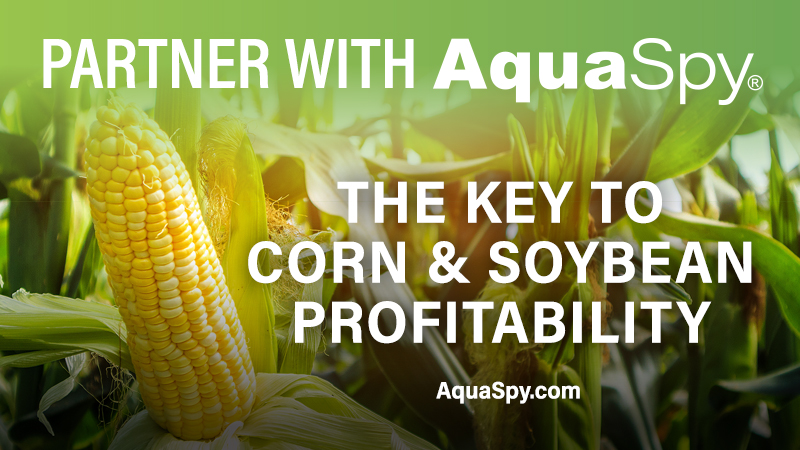Plant Breeders Are Giving Consumers What They Want

The University of Florida is getting international attention for groundbreaking research into how sight, touch, taste, and smell can direct fruit and vegetable breeders in developing varieties that consumers demand and hopefully are willing to pay more for.
David Clark, a professor of environmental horticulture at the University of Florida, provided details of this work during the recent All Florida Ag Show in Sebring. He noted the tradition of plant breeding has focused on yields, disease resistance, and how well produce preforms and holds up in the retail chain.
“We’ve decided to breed varieties based on things like yield,” he said. “That is easy to measure, but it is really difficult to measure the value of how good a flower smells or how much better a fruit or vegetable tastes.”
Enter the University Of Florida’s Institute For Plant Innovation. The fairly new organization seeks to combine the best of plant and consumer sciences, make partnerships, and drive commercial products. “This is very different from what you have seen coming out the university in the past,” said Clark. “This is set up for business.”
Right On The Mark
“How do we find out what consumers want?,” Clark asked. That it tricky question fraught with the subjective taste of individuals from all over world. But, it is obvious the senses stimulate what a consumer decides to pick out of the produce section. How does it look, feel, smell, and taste?
Many people have a list when they go into a store, but they will vary from it if they find something that stimulates their senses,” said Clark. “Maybe it’s a fruit that smells good. It is hard to measure this emotion and even harder to determine if people are willing to pay more for a product if it does.”
The Institute has developed an approach called consumer-assisted selection, as opposed to marker-assisted selection in the traditional jargon of plant breeding. “We are using consumers to help us decide what we are going to breed for on the front end of the process,” said Clark. “We do a lot of consumer testing on campus with panels where we test new varieties so we can find out what people want. We now have the expertise to figure out what American (consumers) and the rest of the world wants.”
It’s All In Your Head
“In order to influence people, we have to understand them,” said Clark. “When it comes to sight, smell, and taste, it all goes back to the brain. Sweet, sour, bitter, and salty are all detected by your tongue and that goes back to your brain.”
At the Institute, advanced science called psychophysics is working to quantify how the brain perceives the experience of consuming a fruit and vegetable. “It is just a fancy word for quantifying the relationship between physical stimuli and sensations and perceptions and how they affect the resulting emotions and behavior,” said Clark. “That means we can quantify how sweet you think something is and how much you like it.”
In the case of tomatoes, the researchers started out with 200 varieties and did extensive biochemical analysis to measure sugars, acids, and volatile compounds in the fruit. Then many people were given taste tests of the varieties to measure taste components.
“Based on the chemical analysis and taste tests, we developed statistical models to explain what key flavor levels, sugar levels, and acid levels go together to make a great tomato,” said Clark. “It is a naturally produced chemical recipe based upon people’s likes.
“So, the whole idea of this consumer-assisted selection is helping us with the great tasting tomato challenge. If you think the Tasti-Lee is good, just wait until the next generation of tomatoes. They are going be unbelievable.
“And, the key for breeders is we can control these sensory attributes of texture, flavor, and sweetness and apply this to any horticultural crop.”
Double The Sweetness
One of the intriguing finds from the Institute’s work with consumer-assisted selection and biochemical analysis is how volatiles affect people’s perception of sweetness. “What we found is some of these volatiles made a significant contribution to sweetness,” said Clark. “Obviously, if you add more sugar (brix), the sweeter the fruit is going to be. We have found some varieties that are perceived to be twice as sweet as some others, but with lower sugar levels.”
Clark says this has to do with certain chemical volatiles in varieties. He says it is almost like a food additive, but a naturally occurring chemical component of certain varieties. “We can move these into elite germplasm to make something sweeter, but with lower sugar,” he says. “We are applying this to strawberries, blueberries, peaches, and all the crops we are breeding at the University of Florida.”










